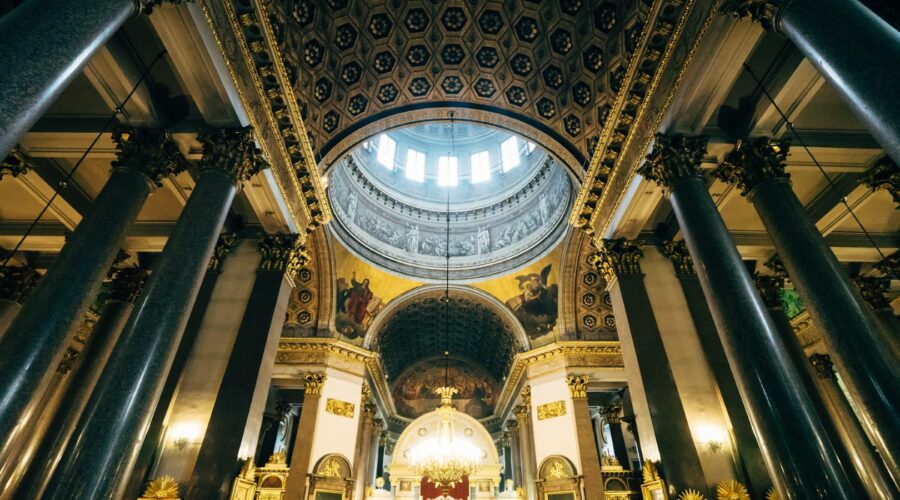Your cart is currently empty!
Discover the Liturgical Year: A Journey Through Christian Rituals and Celebrations

Introduction
The liturgical year is the yearly cycle of religious observances and celebrations in the Christian faith. It is a way of commemorating the life of Jesus Christ, from his birth to his death and resurrection. The liturgical year is also a time for Christians to reflect on their own faith and to grow in their relationship with God.
The Seasons of the Liturgical Year
The liturgical year is divided into three main seasons:
- The Paschal Triduum (Easter Triduum)
- The Season of Easter
- Ordinary Time
The Paschal Triduum
The Paschal Triduum is the central event of the liturgical year. It begins on Holy Thursday and ends on Easter Sunday. During the Paschal Triduum, Christians celebrate the death and resurrection of Jesus Christ.
The Season of Easter
The Season of Easter begins on Easter Sunday and lasts for fifty days. It is a time of joy and celebration, as Christians rejoice in the resurrection of Jesus Christ. The Season of Easter also includes the feast of Pentecost, which celebrates the coming of the Holy Spirit.
Ordinary Time
Ordinary Time is the period of the liturgical year that falls outside of the seasons of Advent, Christmas, Lent, and Easter. It is a time for Christians to focus on their daily lives and to grow in their faith.
The Liturgical Calendar
The liturgical calendar is a list of the feasts, holy days, and seasons of the liturgical year. It is used to guide Christians in their worship and devotion.
The Liturgical Colors
The liturgical colors are a set of colors that are used in the liturgy to symbolize the different seasons of the liturgical year. The colors are:
- Red: the color of blood, fire, and the Holy Spirit
- Green: the color of growth, hope, and life
- Purple: the color of penance, mourning, and royalty
- Rose: the color of joy and celebration
- White: the color of purity, innocence, and victory
The Importance of the Liturgical Year
The liturgical year is an important part of the Christian faith. It provides a framework for Christians to celebrate the life of Jesus Christ, to reflect on their own faith, and to grow in their relationship with God.
Tips for Observing the Liturgical Year
Here are a few tips for observing the liturgical year:
- Attend church services regularly.
- Read the Bible daily.
- Pray regularly.
- Participate in the sacraments.
- Attend retreats and workshops.
Conclusion
The liturgical year is a rich and meaningful tradition that can help Christians to grow in their faith. By observing the liturgical year, Christians can connect with the life of Jesus Christ, reflect on their own faith, and grow in their relationship with God.